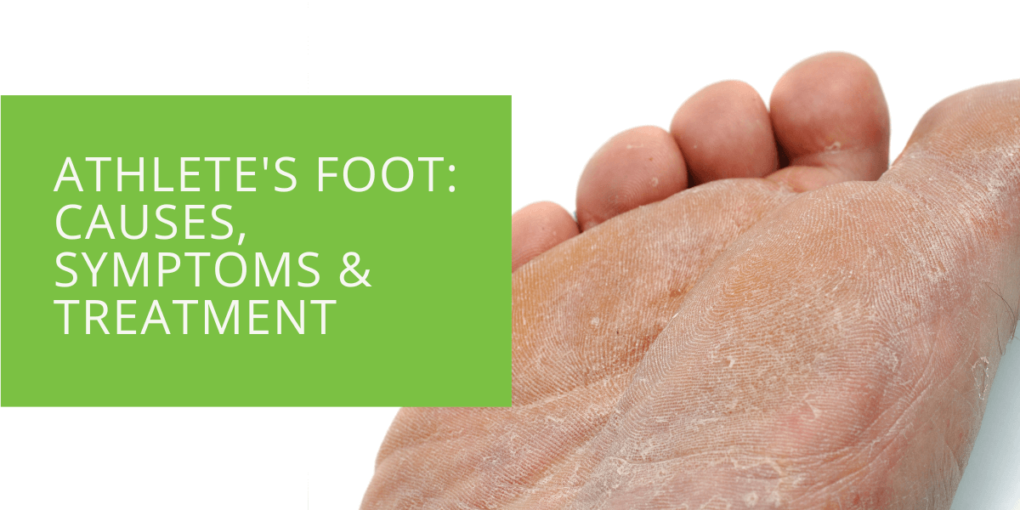Athlete’s Foot: Causes, Symptoms & Treatment
Athlete's foot, also known as tinea pedis, is a common fungal infection that affects the skin on the feet. It is highly contagious and can spread through contact with an infected person or contaminated surfaces, such as showers or swimming pools. Although it is most commonly found on the soles of the feet and between the toes, athlete's foot can also spread to the toenails and even the hands. It is characterized by itching, burning, and scaling of the skin, and if left untreated, it can lead to more serious skin infections. This article will discuss the causes, symptoms, and treatment options for athlete's foot.
What is Athlete's Foot?
Definition and Overview
Athlete's foot is a fungal infection caused by a group of fungi called dermatophytes. These fungi thrive in warm, moist environments and typically infect the outer layers of the skin, hair, and nails. Athlete's foot is most commonly found on the soles of the feet and between the toes, but it can also spread to the toenails and even the hands. It is a highly contagious infection that can be spread through contact with an infected person or contaminated surfaces, such as showers or swimming pools.
Risk Factors and Prevalence
Anyone can get athlete's foot, but some people are more prone to developing the infection than others. Some risk factors for athlete's foot include:
- Wearing tight or non-breathable footwear that traps moisture and heat
- Walking barefoot in public places, such as showers or swimming pools
- Having a compromised immune system
- Having diabetes or another medical condition that affects circulation
- Sweating excessively
Athlete's foot is a very common infection, with estimates suggesting that up to 70% of people will have at least one episode of athlete's foot in their lifetime. It is most common in men and people between the ages of 20 and 40.
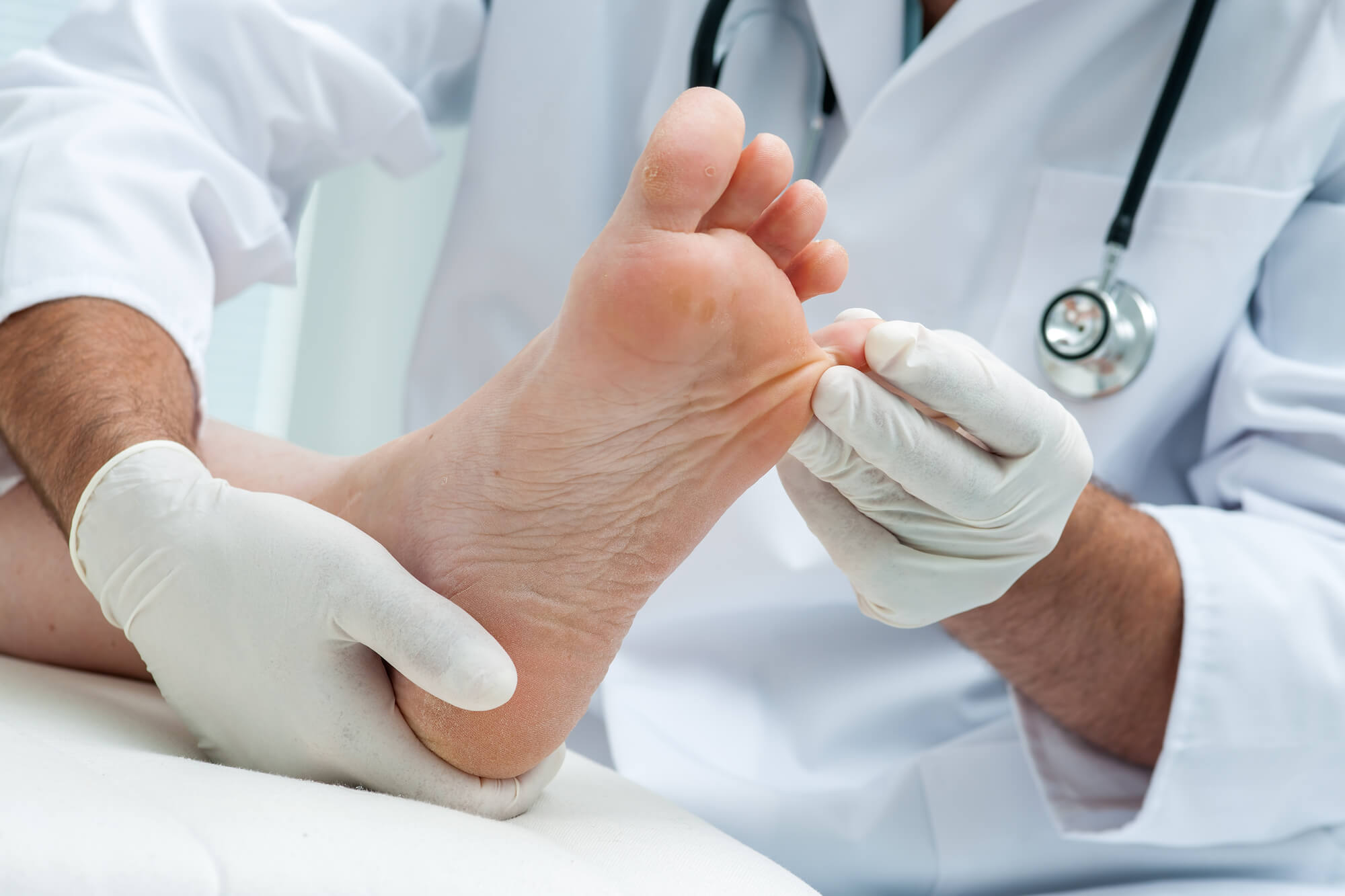
Causes of Athlete's Foot
Fungal Infections
As mentioned, athlete's foot is caused by a fungal infection. The most common type of fungus that causes athlete's foot is a dermatophyte, found on the skin, hair, and nails of infected individuals. These fungi thrive in warm, moist environments, making the feet a perfect breeding ground for spreading the infection.
Wet or Damp Conditions
Wet or damp conditions can also increase the risk of developing athlete's foot. This includes wearing tight or non-breathable footwear that traps moisture and heat and walking barefoot in public places, such as showers or swimming pools. When the feet are constantly moist or damp, it creates an ideal environment for the fungi to grow and spread.
Tight or Non-Breathable Footwear
Wearing tight or non-breathable footwear can also increase the risk of developing athlete's foot. When the feet are constantly trapped in tight, non-breathable shoes, it can create an ideal environment for the fungi to grow and spread. In addition, tight footwear can lead to sweating, which can further contribute to the growth of the fungus.
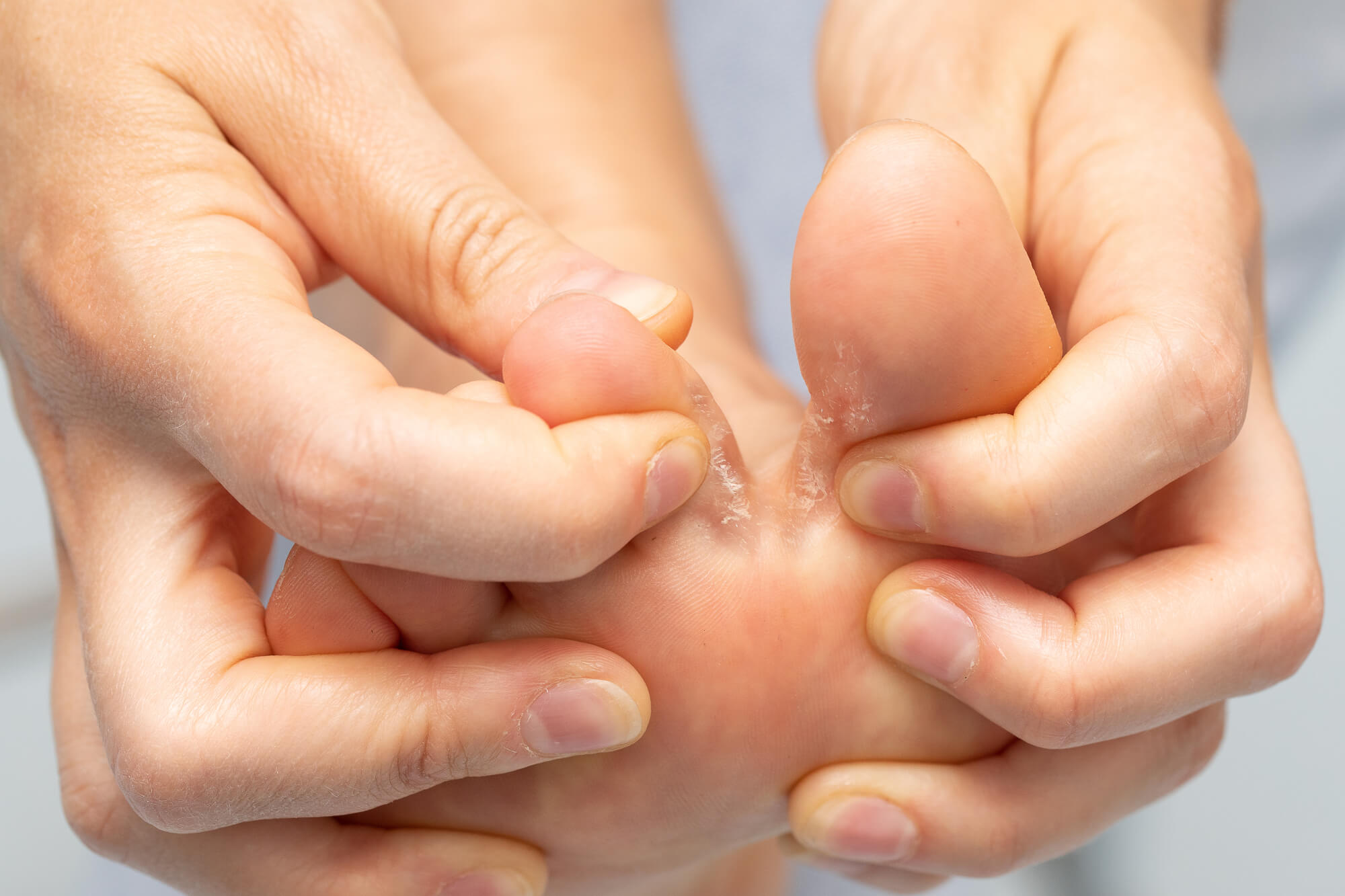
Symptoms of Athlete's Foot
Itching and Burning Sensation
One of the most common symptoms of athlete's foot is an intense itching and burning sensation on the affected area of the skin. This can be particularly bothersome and can interfere with daily activities.
Scaling and Cracking of the Skin
Another common symptom of athlete's foot is scaling and cracking of the skin. The skin on the affected area may become dry and flaky and may also develop cracks or fissures. This can lead to further irritation and discomfort.
Redness and Swelling
In some cases, athlete's foot can also cause redness and swelling of the skin. This may be accompanied by warmth and tenderness to the touch.
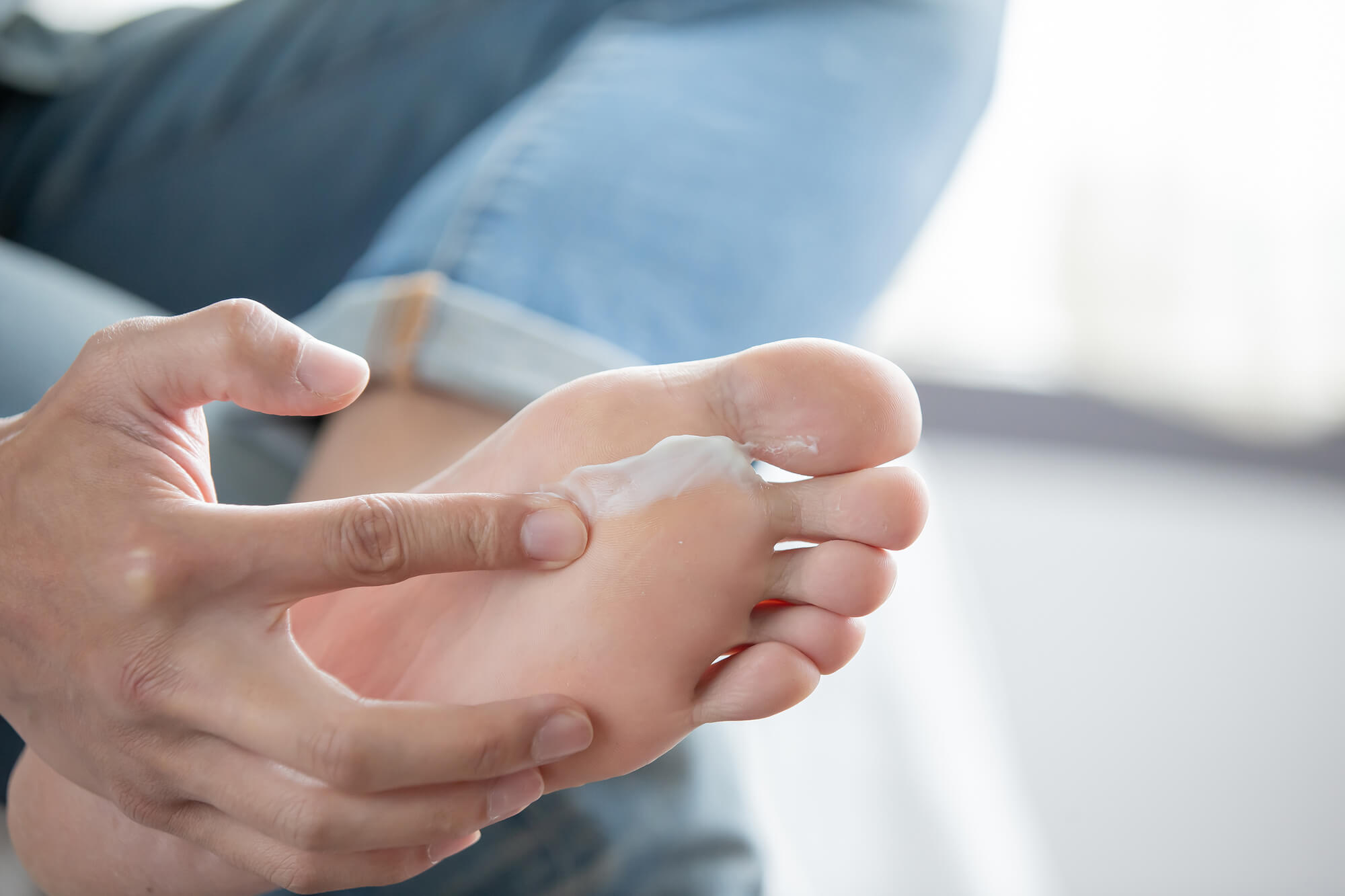
Diagnosis and Treatment of Athlete's Foot
Diagnosing Athlete's Foot
If you suspect that you have athlete's foot, it is important to see a healthcare provider for a proper diagnosis. A healthcare provider, such as a podiatrist or dermatologist, can examine the affected area and take a skin scraping to test for the presence of the fungus. This will help to confirm the diagnosis and determine the most appropriate treatment plan.
Treating Athlete's Foot
There are several treatment options available for athlete's foot, including:
- Antifungal medication: Oral antifungal medication, such as terbinafine or itraconazole, may be prescribed to treat athlete's foot. These medications are taken by mouth and are typically taken for several weeks to ensure that the infection is fully cleared.
- Antifungal creams, sprays, and ointments: Topical antifungal creams, sprays, and ointments can also be used to treat athlete's foot. These products are applied directly to the affected area and may include ingredients such as miconazole, clotrimazole, or terbinafine.
- Home remedies: Some people may choose to try home remedies for athlete's foot, such as soaking the feet in vinegar or applying tea tree oil to the affected area. While these remedies may provide some relief, it is important to remember that they are not a substitute for proper medical treatment.
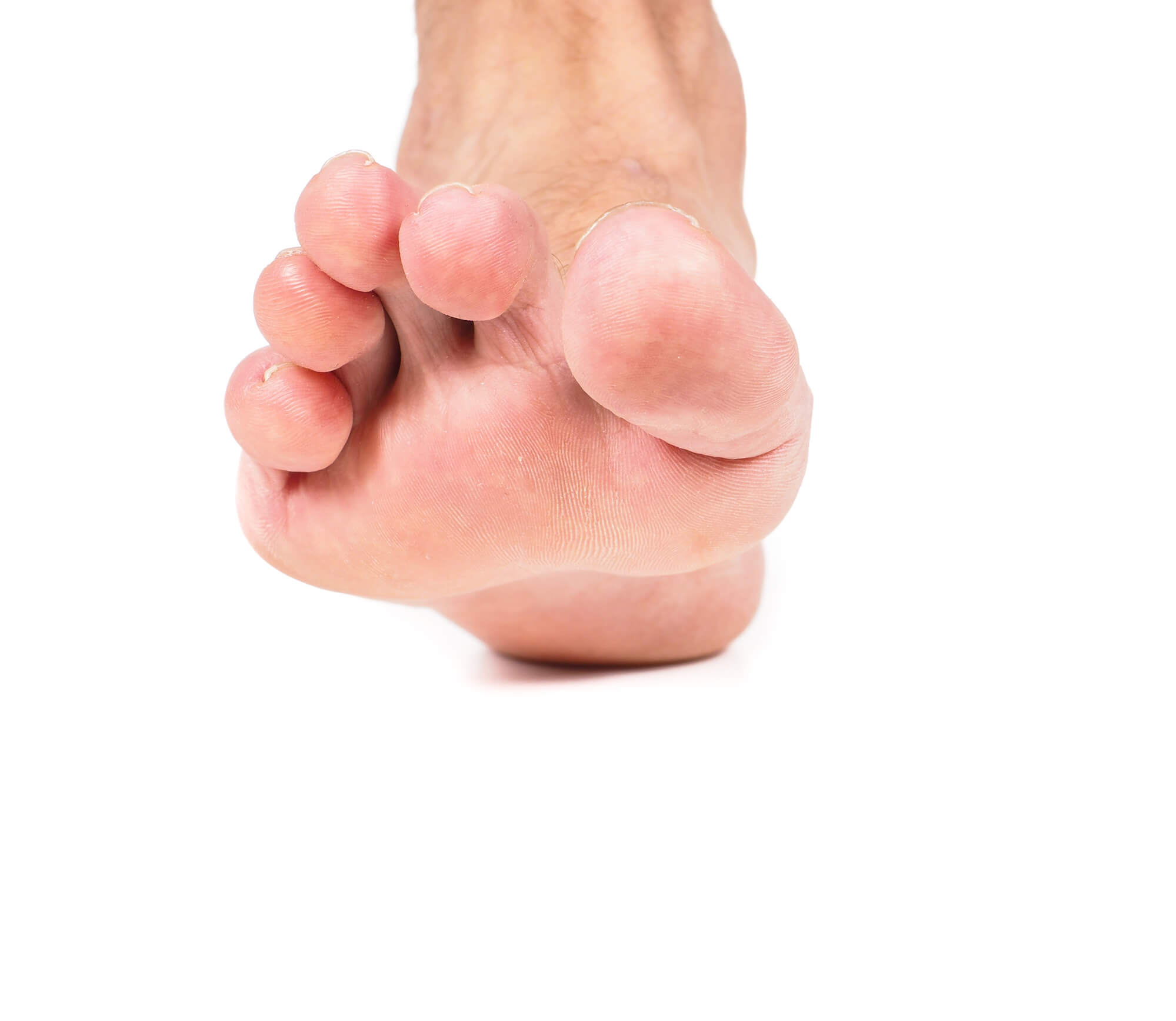
Preventing the Recurrence of Athlete's Foot
To help prevent the recurrence of athlete's foot, it is important to follow a few simple precautions:
- Keep your feet clean and dry: Wash your feet daily with soap and water and dry them thoroughly, especially between the toes. Avoid walking barefoot in public places, such as showers and swimming pools, and wear sandals or flip-flops instead.
- Wear breathable footwear: Choose footwear made of breathable materials, such as leather or canvas, and avoid wearing tight or non-breathable shoes.
- Use foot powder: Consider using a foot powder, such as talcum powder or cornstarch, to help absorb excess moisture and keep your feet dry.
- Avoid sharing towels and socks: To help prevent the spread of athlete's foot, avoid sharing towels and socks with others.
Home Remedies and Over-the-Counter Treatment
In addition to prescription and over-the-counter antifungal medication, several home remedies and over-the-counter options may relieve athlete's foot. These include:
- Soaking the feet in vinegar: Some people find relief by soaking their feet in a solution of vinegar and water. To do this, mix equal parts vinegar and warm water in a basin and soak your feet for 15-20 minutes.
- Applying tea tree oil: Tea tree oil has natural antifungal properties and may provide some relief for athlete's foot. To use tea tree oil, dilute a few drops in a carrier oil, such as coconut oil, and apply it to the affected area.
Using over-the-counter antifungal creams, sprays, or powders: There are several over-the-counter options available for treating athlete's foot, including antifungal creams, sprays, and powders. These products may contain miconazole, clotrimazole, or terbinafine and can be applied directly to the affected area. It is important to follow the instructions on the product label and continue using the product for the recommended length to ensure that the infection is fully cleared.

When to See a Doctor
In most cases, athlete's foot can be treated effectively with over-the-counter or prescription antifungal medication. However, if your symptoms do not improve or you have other underlying medical conditions, it is important to see a healthcare provider for further evaluation and treatment. You should also see a healthcare provider if you have the following:
- Severe redness, swelling, or tenderness
- Signs of a secondary skin infection, such as pus or drainage
- Foul-smelling discharge
- Pain or difficulty walking
Conclusion
Athlete's foot is a common fungal infection that affects the skin on the feet. It is highly contagious and can be spread through contact with an infected person or contaminated surfaces. Symptoms of athlete's foot include itching, burning, scaling, and cracking of the skin, as well as redness and swelling.
Several treatment options are available for athlete's foot, including antifungal medication, antifungal creams, sprays, ointments, and home remedies. To prevent the recurrence of athlete's foot, it is important to keep your feet clean and dry, wear breathable footwear, use foot powder, and avoid sharing towels and socks.
If your symptoms do not improve or if you have underlying medical conditions, it is important to see a healthcare provider for further evaluation and treatment.

